Arankale Monastery Complex
We are fortunate that the remains of a great history beyond our control of over two thousand five hundred years ago are the remains of the scientific knowledge of the world. It is also noteworthy that these expansions also bring in the identity of Sri Lankans. The Arankale Monastery complex can be found as a place of historical significance. It is advisable to check the uniqueness of this monastery complex.
The monastery complex is located in Arankale in the Kurunegala District, in close proximity to the town of Kumbukgate, in order to inquire about the Arankale Monastery. Historians say the area has been inhabited since Vijayananda. The complex of this monastery is considered to belong to the king of Valagamba for the needs of the monks. The details of the sources of the Arankelle Aramas Complex are mentioned very little. The author of this monastery complex is indeterminable. However, archaeologists have a long history of this, according to folklore,
Maliyadeva Maha Thero has worked here. There are also other legends regarding the source of the Arankelle monastery complex. King Dutugemunu had seen the caves and had been asked to make a vihara at that place. But King Dutugemunu was unable to carry out this task. King Saddhatissa built the rock well, and built houses and ponds, and Maliyadeva was sacrificed to the Arahant. At that time the complex was called “Aram Vehera”. Among the legends regarding the Arankenella Monastery complex, King Walagamba was known this time as Tissa Mahapaya. During the reign of this king, Mahatissa has occupied this place. However, the rulers of the kingdom of Anuradhapura Saddhatissa, Valagamba, Buddhadasa and Srisangabo were supported by this site.
King Nissankamalla who ruled the kingdom of Polonnaruwa also sponsored King Parakramabahu VI VIII king of the State Duma, Buwanekabahu I, who ruled Kotte VI Parākramabāhu. According to the historian, Nissanka Malla also insisted that a monk would be given a great gift for the monks who lived in this temple. It is said that the inscription was kept at the Anuradhapura museum and that he was the head of Harkath. In the past, the Arankelle Aramaya complex was renamed as “Aram Vehera, Dumma Pabbatha Vehera” in the past. It is also appropriate to know how Arankeele was the source of the journey. Accordingly, Arah means Dahath, Arahath, and Forest. In that sense the jungle where Arahants lived was called “Arankelle”.
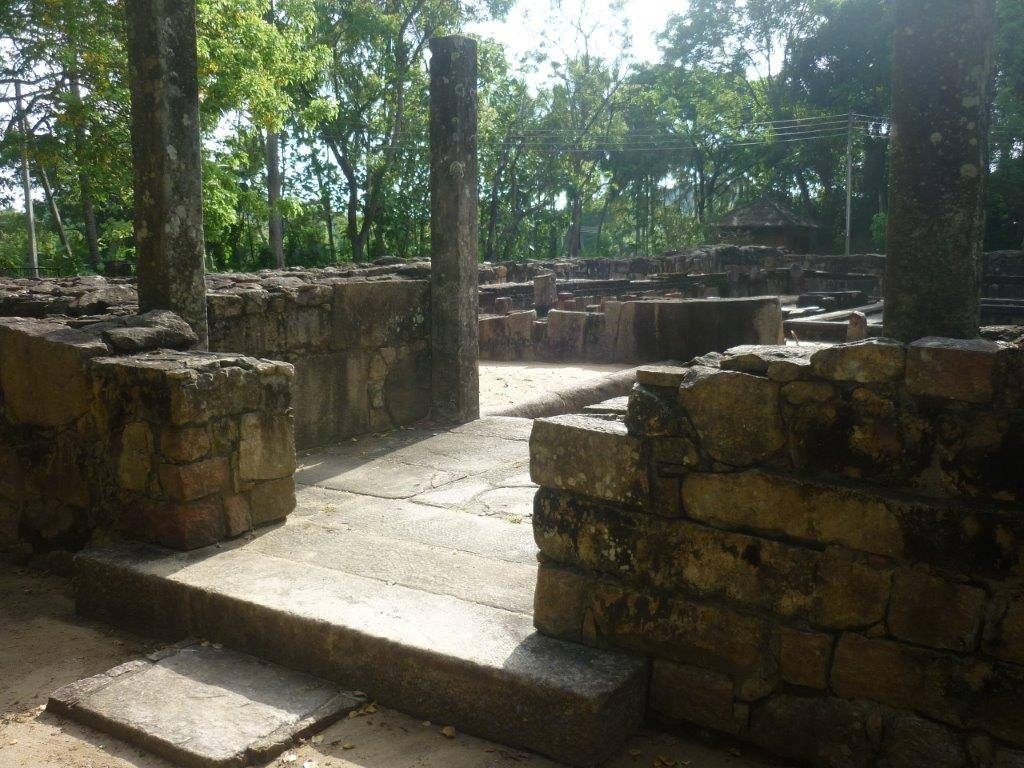
This place was named archaeological site in 1922, and it was not until 40 years later that this place was made available to the present. The complex includes the Bodhigaya, the Headhuntera, the Seema Malakaaya, the Chancellery, the double building, the cabinets, the pond and the staircase. The buildings found in this monastery complex are mainly two parts. That is, 1. Common buildings 2. Private buildings. The main feature here is the construction of these connecting structures. The Chancellor, the Seema Malaka, the Samukalana, Janthagaruwa and the Sri Sumangala Raja Maha Viharaya are connected to the same location. In 1890, H.C.P. Bell and Mr. Horcat were able to consolidate these features. It is also worth to look briefly at the features of the Arankale monastery complex. An indispensable feature of this facility is hot tub. Such elements are rare. Among the already discovered hot plains are the Maha Viharaya, D-Thavanaramaya,
Mihintale and Ritigala. It’s normal for meditating Bhikkus to breathe the heat. Archaeologists have used it to heat the steam and steam. Pantung, also known as Pantagra, shows the characteristics of advanced medicine. Two mills have been found near this site. In addition, it is a specialty to have pits and coals. The charcoal shows that the kithul and palmyrah are remaining by burning. There were signs that there were 22 clogs in this place. These mites are thought to be used to melt the drugs. Also, the Chancellor points out that this monastery complex also features two short texts of stones near the stove. It is considered a roof.
According to archaeologists, this is the only coffin of Sri Lanka in Sri Lanka. The toilet, the basement and the daughter are connected together and attention is focused on hygienic practices. This is a special feature. It is also important to use the same pit for the toilet and cesspit. The cup located in the premises is said to be used by the monks to cleanse the body. It is also considered to be the oldest complete Chancellery in Sri Lanka, according to archaeologists.
The excavation court found excavations in the Maliyadeva Aratha Senanaya in Arankale, Kumbukwewa through the Department of Archeology. It has been prepared and completed in the past.

This is the longest walking promenade ever found in a former Sri Lankan hermitage in Sri Lanka, said the Ven. Piyadassi Thera, the chief incumbent of the Sri Lanka Swaynaya Nikaya. This Promenade has been built during the period of Anuradhapura. It is also known as the “Chancellery” and “Patthagaya”.
The archaeologists say that the Arahants and the bhikkhus who had been present here had been used for walking meditation in the past.
The Walkthrough which starts from the Arankale Senasana ends at the end of Maliyadeva, the great Arahant who is considered to be the last Arahant of Lekiwa. Many of those who have been commended for the excellent work of the craftsmen in the Walkthrough, the Walkthrough is a magnificent creation for the whole land.
An archaeological site is being excavated for nearly 40 years in the Arankale bush land, which is 65 acres. Now, a ruins of a number of ancient buildings including a janaghar, an intercessor, a thalassaar, an elephant, a limestone, a stairway and a large pond have been identified. .
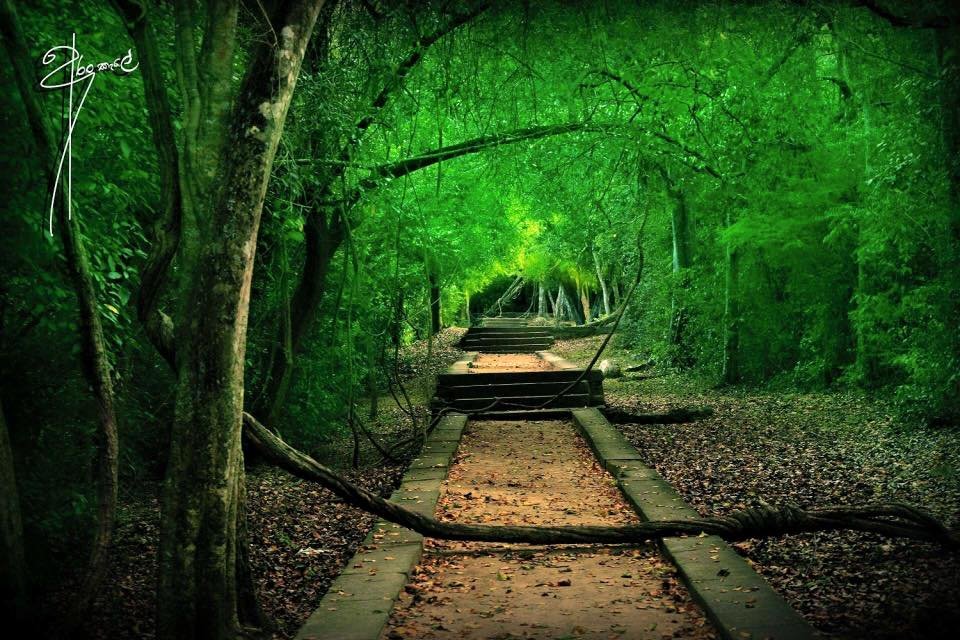
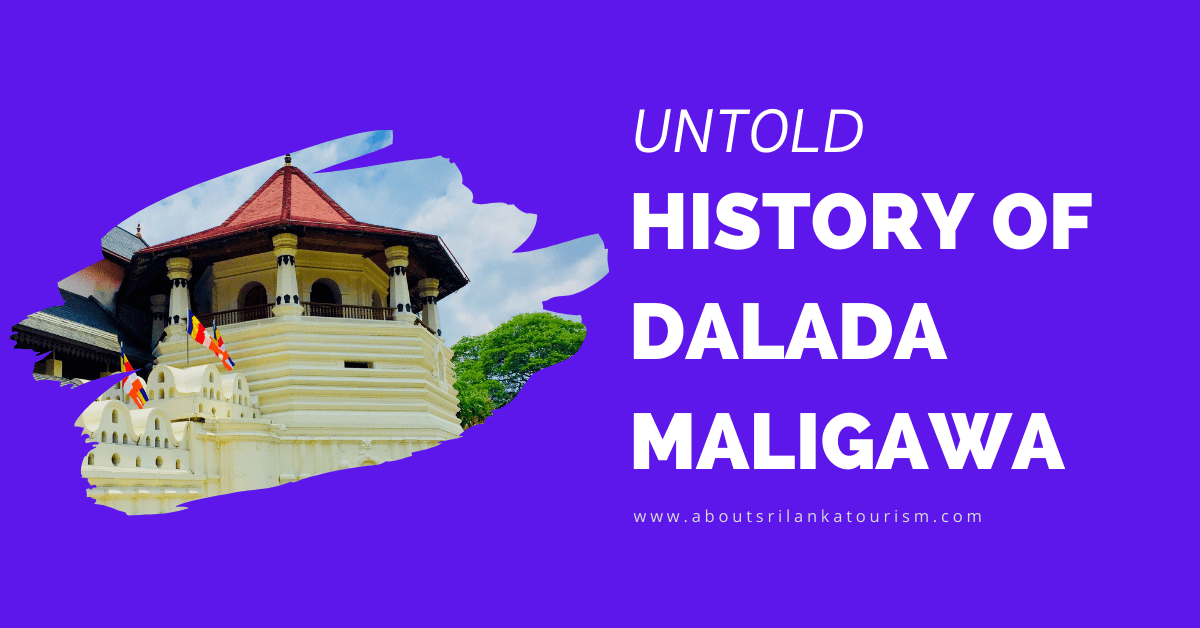

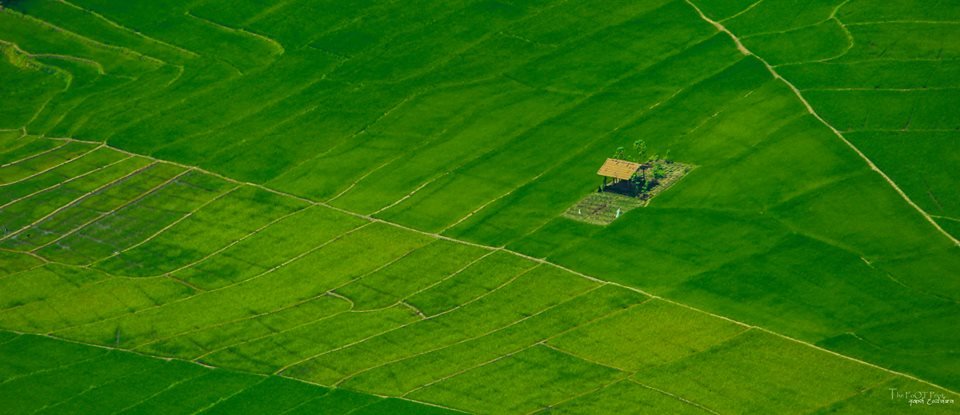

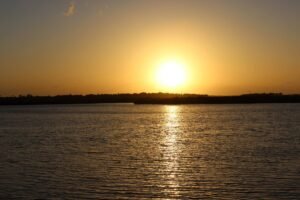



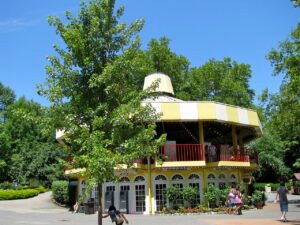

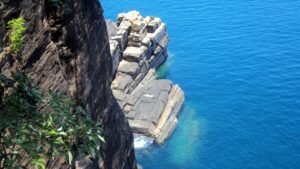
1 comment